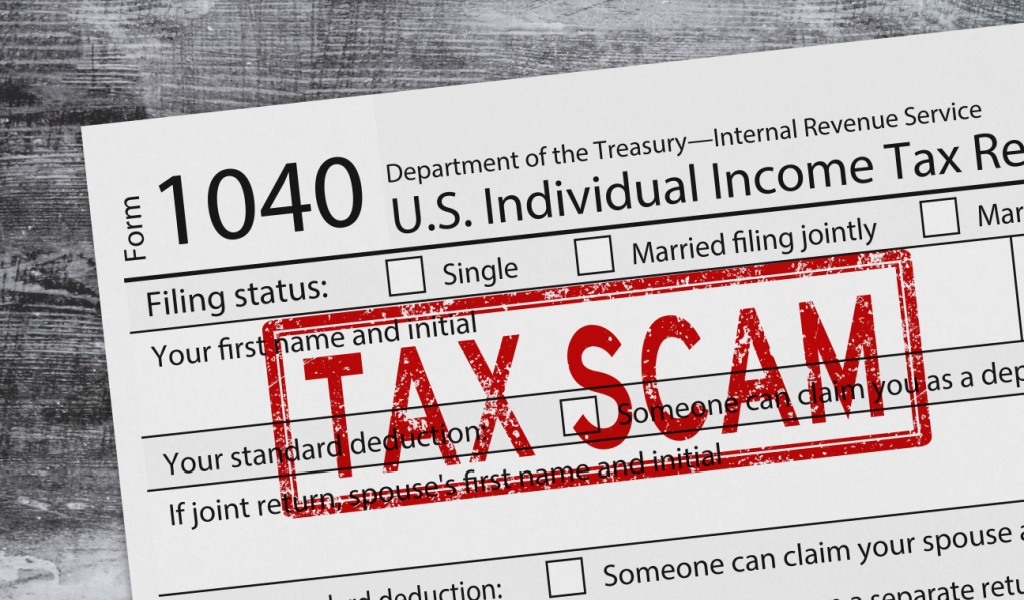Filing your taxes is a job that most people don’t like doing, but unfortunately, there’s no way around it. The least you can do is be smart about it so that you can minimize the amount you end up paying.
Of course, there’s no “one size fits all” answer that applies to everyone. Since circumstances such as income, special needs, health insurance, loans, etc. vary from person to person, different people may be eligible for different methods of tax deduction.
It’s up to you to be aware of all of them and make the decision whether the benefits yielded justify the time, risk, and effort that it requires. It is also most advisable to discuss any plan of action with your financial adviser before putting it into play.
Nevertheless, here are 5 strategies that you can use to reduce tax this year:

1. Donate to Charities
Any donation you make to a charity is automatically tax-deductible, given that the charity organization is IRS-qualified. But if you’re intention isn’t merely to do good, but also to save yourself some tax expense, consider donating securities of long-term assets by using a donor-advised fund.
Even though you receive an immediate tax deduction for the full market value of the item you donate (which can even be carried forward for up to five years, based on certain conditions), it’s not all given away at once, giving you control over timing and amount. Security donated to a donor-advised fund is liquidated, which means the charity of your choice receives money at your discretion.
You can donate a range of assets from bonds and mutual funds to real estate and vested options. While it is fairly easy to do, with the help of a financial institution, you do have to consider the benefit against making such a big donation.
2. Harvest Your Losses
If you’ve come into some sort of large taxable gain during the year, say, by selling a company or some other appreciated asset, you can consider tax harvesting to minimize how much you actually have to pay. Tax harvesting is done by selling a security in order to “create” a loss for tax purposes. You could even possibly cut down your regular income by up to $3,000 in the current year, with the potential to carry on the remaining loss into the future years.
To decide if tax harvesting is the right move for you, you’ll need to consider several factors such as netted capital gains and estimated gains and losses for the year. Tax harvesting is also best suited for those who are looking at changing up asset allocation, rebalance, or diversifying out of a concentrated stock position. And of course, you may not even be eligible for this strategy. The best way to determine this would be to consult your financial adviser.
3. Check Your Tax Withholding
Those that come into a taxable windfall during the year, for example through a significant bonus or commission (or even by being self-employed or selling a stock, a business, etc.) are potentially at risk for being penalized by an underpayment penalty in April.
Quarterly tax payments aren’t preventative of you receiving such a penalty, but if you make sure to pay at least 110% of the previous year’s tax liability, you may be able to get away with it.
If you’re self-employed, receive a substantial bonus or commission income, or experienced a taxable windfall in 2019, you could be hit with an underpayment penalty and big tax bill in April. To avoid a nasty surprise, you need to stay on top of your tax withholding. Your financial adviser should be able to help you with this, and you can also use the IRS withholding calculator to see compare your tax payments against your projected tax due date.

4. Max Out Your Retirement Plan
Those that subscribe to the 401(k), 403(b), most 457 plans, or the federal government’s Thrift Savings Plan, the IRS places a maximum contribution limit of $19,000, with an extra $6,000 catch-up contribution allowed for workers over the age of 50. Similarly, the maximum contribution to a SIMPLE IRA or SIMPLE 401(k) plan is $13,000 this year with a $3,000 catch-up contribution for those over age 50.
Making an investment towards your retirement through plans sponsored by your employer is one of the best ways to reduce your taxable income, especially for the regular employee with a single income.
5. Give Yourself a Bonus
If you’re a business owner, you could reduce your taxable income by giving yourself a bonus by the end of the year. This will increase your employer-side retirement funding. Although this strategy for reducing taxes has different restrictions in place depending on the type of business owner you are (sole proprietor, partnership, etc.) and the type of retirement plan you are subscribed to (the likes of which were discussed previously), it is an option that is worth considering.



